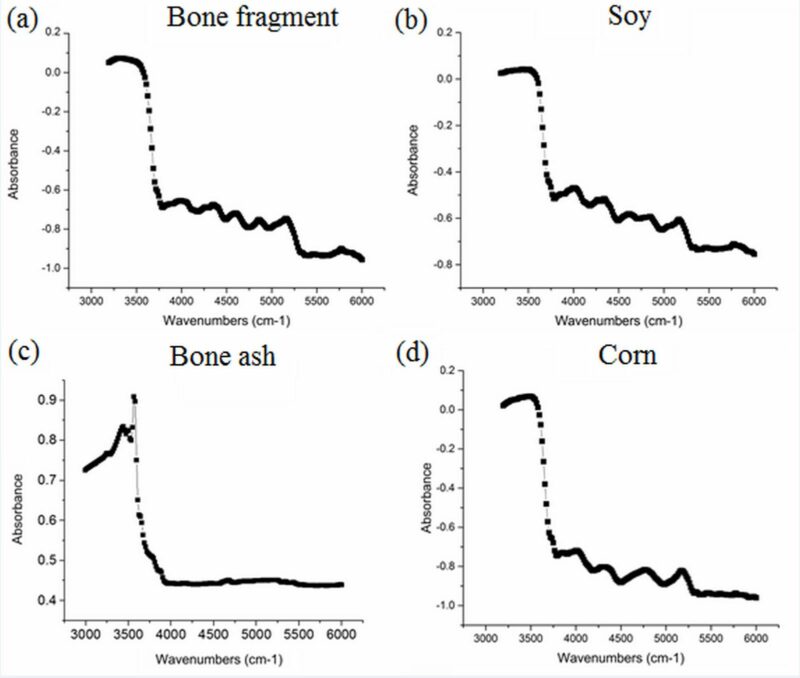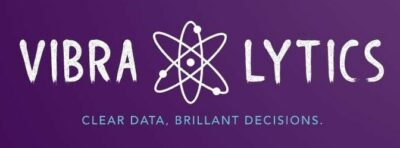Detection of animal by-products in bone ashes by near infrared spectroscopy coupled with microscopy

Journal of Near Infrared Spectroscopy. · Feb 9, 2018
In this method, technical analytical expertise is very important. This is why the development of a methodology that produces results which can be rapidly and automatically compared is urgently needed. The specific infrared microscopy method presented in this work delivers qualitative results in terms of the presence or absence of animal particles by applying specific decision rules. The object of this work was to assess the methodology of near infrared microscopy for the qualitative determination of the presence of particles of animal origin in matrices of bone ash. The spectra were collected by an image microscope coupled to a Fourier transform infrared spectrometer operating in the reflection mode. Four mappings were done per sample, obtaining 1000 spectra per mapping. They were selected from an area on the slide of 50 particles in the axis X and 20 particles in the axis Y. Spectra were automatically collected at these points. In order to find the fragments of animal origin in the samples, a specific software program was developed. The program analyzed the spectra and evaluated the presence of bone fragments. From the validation results, it could be inferred that 4000 spectra should be observed in order to achieve a detection limit of 0.05 g bone fragments 100 g−1 bone ash. Selectivity, intermediate precision and repeatability were also analyzed with satisfactory results. Therefore, the validated method can be easily applied in routine analysis of bone ashes.
M. M. Bertotto a, M. Belloa, S. Binottib, M. Agnesea, S. Bachur a, D. Dedóc
aNational Food Safety and Quality Service (SENASA), General Directorate of Laboratories and Technical Control (DILAB), Address of the Laboratory Animal, Coordination of Approval of Products Food of Origin Animal and Related (APAC), Assessment and Development Sector (EyD). Talcahuano 1660, Martínez (1640), Buenos Aires, Argentina.
bNational Food Safety and Quality Service (SENASA), General Directorate of Laboratories and Technical Control (DILAB), Address of the Laboratory Animal, Coordination of Approval of Products Food of Origin Animal and Related (APAC). Talcahuano 1660, Martínez (1640), Buenos Aires, Argentina.
cSoftLab S.R.L. Julio A Roca 695. C.A.B.A (1067), Buenos Aires, Argentina.
